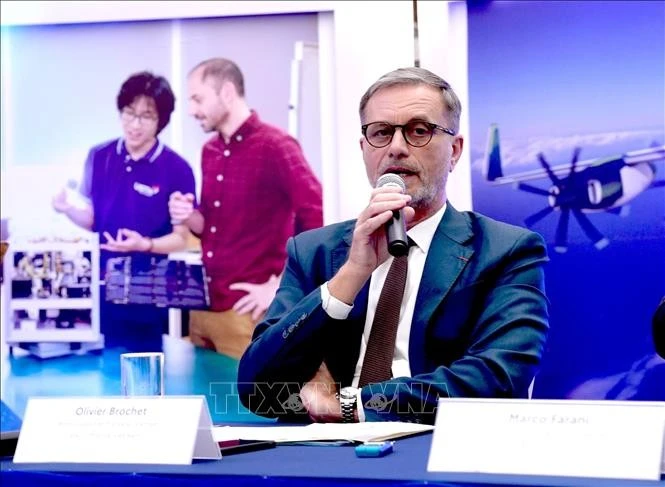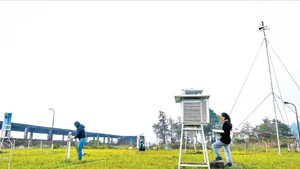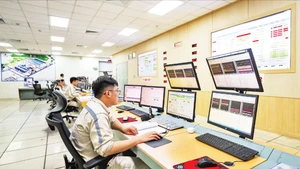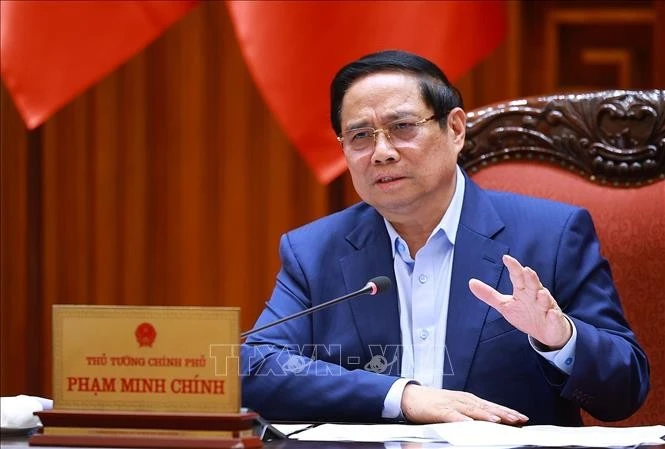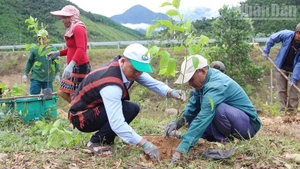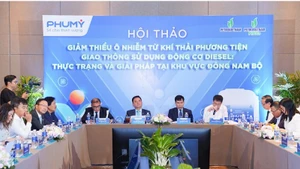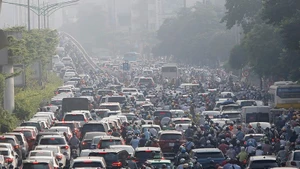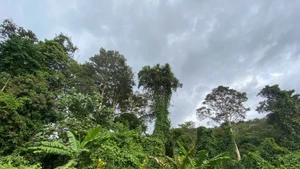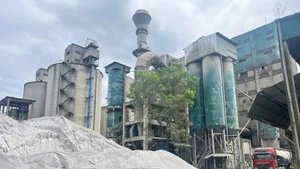Under the EU’s Carbon Border Adjustment Mechanism (CBAM), all goods exported to the market to be taxed on carbon based on the intensity of greenhouse gas emissions in the production process in the host country.
In the initial phase, starting from early October 2023, CBAM is being applied to goods at most significant risk of carbon leakage: cement, iron and steel, aluminium, cement, electricity, fertilisers, and hydrogen.
During this period, importers of goods in the scope of the new rules will only have to report greenhouse gas emissions embedded in their imports (direct and indirect emissions), without making any financial payments or adjustments.
Once the permanent system enters into force on January 1, 2026, importers will need to make an annual declaration of the quantity of goods imported into the EU in the preceding year and their embedded greenhouse gas emissions. They will need to purchase CBAM certificates based on their greenhouse gas emissions quantities.
CBAM is not only the EU's landmark tool to combat carbon leakage, but is also one of the pillars of the bloc’s ambitious climate goal of reducing its emissions by at least 55% by 2030 compared to 1990 levels.
“CBAM will prevent so-called carbon leakage, or the relocation of production outside our borders to countries with lower environmental standards,” said EU Economy Commissioner Paolo Gentiloni in a statement.
CBAM will prevent so-called carbon leakage, or the relocation of production outside our borders to countries with lower environmental standards.
EU Economy Commissioner Paolo Gentiloni
As the world's first system to impose CO2 emissions tariffs on imported goods, CBAM is seen as a key test of whether or not carbon pricing can be established worldwide as part of efforts to limit global warming.
Due to regulations on carbon taxation for goods imported into the EU, businesses in non-EU countries must work out common measures and have responsibilities in reducing emissions or pay for the carbon emission linked to the goods they sell within EU limits. In addition, CBAM is expected to create momentum for countries to develop their own carbon markets.
However, CBAM also poses challenges for countries in accessing the EU market. According to a report by the Carnegie Europe think-tank, the largest exporters to the EU, including the UK, the US, Turkey, India, and the Republic of Korea, will be heavily impacted by CBAM.
Experts say that the total UK exporters would pay to the EU could easily rise into the hundreds of millions of US dollars by early next decade because the UK's current carbon prices is less than half the level in the EU.
Meanwhile, Thai business operators may not be ready to comply with the CBAM, according to Thailand’s Department of Trade Negotiations.
Auramon Supthaweethum, director-general of the Department of Trade Negotiations, said that the step alone is likely to pose challenges for many companies because they lack necessary IT solutions for recording and determining carbon dioxide equivalent emissions.
 |
| Vapour pours from a steel mill chimney in the industrial town of Port Kembla, about 80 km south of Sydney ,July 7, 2011. (Photo: REUTERS) |
Facing the divided opinions about the mechanism, Commissioner Paolo Gentiloni affirmed that CBAM is not about trade protection. It is about protecting the EU's climate ambition.
According to him, CBAM will not only benefit the 27-member alliance, it also contributes to raising the level of climate ambition worldwide.
To help EU importers and non-EU facilities implement the new regulations, the European Commission has gradually been making available detailed written guidance, online training materials and webinars, sector-specific factsheets, and a step-by-step checklist to support businesses as the transitional mechanism begins.
Experts say that in the coming time, many other markets will join the EU in applying strict policies on environmental protection for imported products, because green production is becoming an inevitable trend in the world.
This is a challenge, but also a motivation and opportunity for countries to soon build and apply their own mechanisms of carbon pricing; gradually replace traditional energy with clean energy; apply enhanced gas recovery; and reduce carbon emissions, towards sustainable growth.


